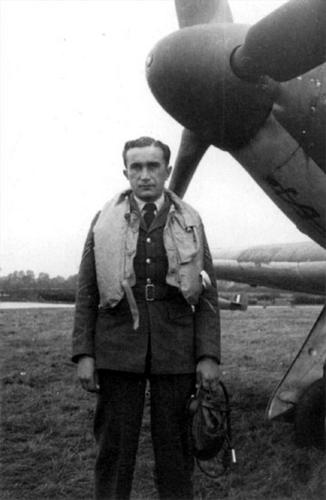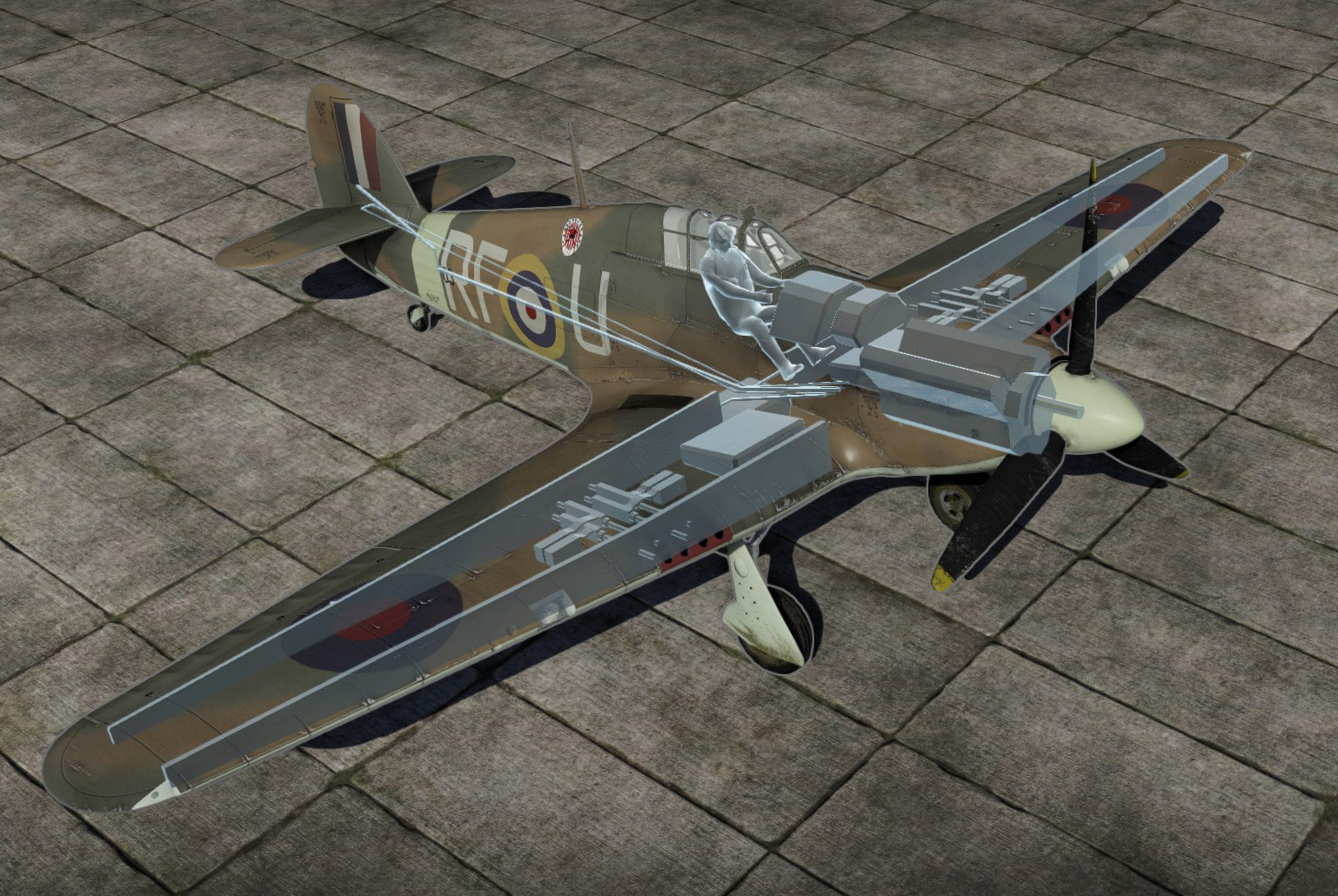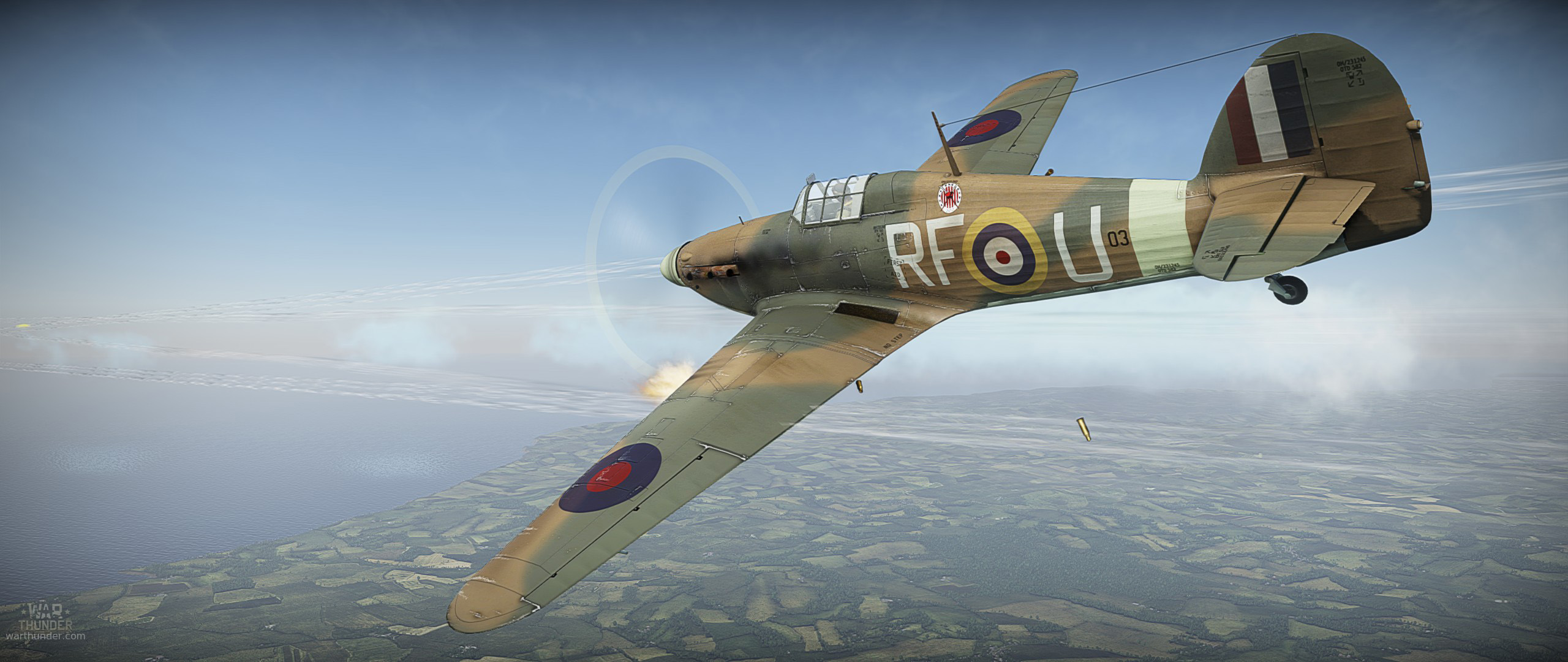
- For PC
- For MAC
- For Linux
- OS: Windows 10 (64 bit)
- Processor: Dual-Core 2.2 GHz
- Memory: 4GB
- Video Card: DirectX 11 level video card: AMD Radeon 77XX / NVIDIA GeForce GTX 660. The minimum supported resolution for the game is 720p.
- Network: Broadband Internet connection
- Hard Drive: 23.1 GB (Minimal client)
- OS: Windows 10/11 (64 bit)
- Processor: Intel Core i5 or Ryzen 5 3600 and better
- Memory: 16 GB and more
- Video Card: DirectX 11 level video card or higher and drivers: Nvidia GeForce 1060 and higher, Radeon RX 570 and higher
- Network: Broadband Internet connection
- Hard Drive: 75.9 GB (Full client)
- OS: Mac OS Big Sur 11.0 or newer
- Processor: Core i5, minimum 2.2GHz (Intel Xeon is not supported)
- Memory: 6 GB
- Video Card: Intel Iris Pro 5200 (Mac), or analog from AMD/Nvidia for Mac. Minimum supported resolution for the game is 720p with Metal support.
- Network: Broadband Internet connection
- Hard Drive: 22.1 GB (Minimal client)
- OS: Mac OS Big Sur 11.0 or newer
- Processor: Core i7 (Intel Xeon is not supported)
- Memory: 8 GB
- Video Card: Radeon Vega II or higher with Metal support.
- Network: Broadband Internet connection
- Hard Drive: 62.2 GB (Full client)
- OS: Most modern 64bit Linux distributions
- Processor: Dual-Core 2.4 GHz
- Memory: 4 GB
- Video Card: NVIDIA 660 with latest proprietary drivers (not older than 6 months) / similar AMD with latest proprietary drivers (not older than 6 months; the minimum supported resolution for the game is 720p) with Vulkan support.
- Network: Broadband Internet connection
- Hard Drive: 22.1 GB (Minimal client)
- OS: Ubuntu 20.04 64bit
- Processor: Intel Core i7
- Memory: 16 GB
- Video Card: NVIDIA 1060 with latest proprietary drivers (not older than 6 months) / similar AMD (Radeon RX 570) with latest proprietary drivers (not older than 6 months) with Vulkan support.
- Network: Broadband Internet connection
- Hard Drive: 62.2 GB (Full client)
Hurricane Mk.I Sgt. Josef Frantisek, Unit: 303 Sqn, RAF, camouflage made by -313- Paegas | download here
Whilst there have been a number of qualities and attributes common among successful fighter pilots – such as good eyesight and situational awareness – there has not been any one personality type which has dominated the ace fraternity. From the glory hunting loners to the selfless team players, the remorseless predators to the regretful killers, the old and experienced to the young, natural aviators, fighter aces have come from all walks of life without any obvious formula for success. However, of all of these pilots, one of the most aggressive and violent was Czech Hurricane ace Josef František (pronounced Fran' ti' shek), a seemingly ill-disciplined and vengeance obsessed aggressor who dominated the skies over southern England during the summer of 1940…
 |
| Sgt Josef František |
Born in Otaslavice, October 1913, 10 km south-west of Olomouc, now the modern day central region of the Czech Republic, Josef František was the son of a carpenter and was initially trained as an apprentice locksmith before joining the Czechoslovak Air Force as a non-commissioned pilot at the age of 21. He had been inspired by the regular flights that would occur over his place of work from the nearby Prostějov airfield. Carrying out his basic training in Prostějov – not far from his home – he graduated from flight training in 1936, and was posted to the 2nd Air Regiment, flying Aero A-11 and Letov S-328 reconnaissance biplanes from Olomouc.
Even in the preliminary stages of his flying career as a junior pilot, František’s attitude came to the fore – he quickly acquired an unenviable reputation as a drinker and a fighter, often incurring reprimands for returning late to his unit after fighting in pubs and bars during his evenings off duty. His lack of discipline led to a demotion, but there was no denying his natural talent as an aviator – the decision was taken to place František as a fighter pilot in an attempt to embrace his combination of natural skill and aggression.
Qualifying as a fighter pilot in the summer of 1938, František flew Avia B-534 fighters with the 4th Air Regiment, stationed at Praha-Kbely near Prague. With tension building as German aggression and occupation seemed more and more likely, František’s unit readied for an invasion. The fight never came – the Munich Agreement handed large areas of the boarder region of Czechoslovakia over to Germany in September, and with the nation weakened, the remainder of the country would soon follow. František, like many of his comrades, fled to Poland and joined the Polish Air Force.
Initially employed as an instructor, František then flew reconnaissance aircraft during the German invasion in September 1939. Although his aircraft was unarmed, Frantisek’s aggressive streak came to the fore when, on several occasions, he attacked German ground units by throwing hand grenades from the cockpit of his aircraft. However, the bravery of the Polish forces was not enough to stop the might of the German war machine, and Poland fell – František fled the country - initially to Beirut – where he joined the French Foreign Legion and was taken to Marseilles.
 |
| Hurricane Mk.I, 303 Sqn RAF |
After arriving in France, František was first transferred to the Polish Air Force in France, and then to the French Air Force itself. However, František and two of his Czechoslovakian comrades were accused of deserting the French Foreign Legion by a Czechoslovakian attaché, resulting in the three joining a Polish air unit of the French Air Force after the ensuing commotion. František’s service during the Battle of France is unclear to say the least – there are some claims that he changed his name to protect family members still in Czechoslovakia, and that he shot down nine German aircraft and destroyed a further two on the ground. There is no official record of František receiving the French Croix de Guerre for his first kill, yet this medal is on display alongside his others at the Josef František museum today. Anecdotal evidence also exists claiming that František's ill discipline once again appeared whilst working in France, and that he went to great lengths to fly as many different French aircraft as possible.
War Thunder 

 minigame
minigame
 Download the camouflage above, jump to the game, make neat screenshot,
Download the camouflage above, jump to the game, make neat screenshot,
upload it to live.warthunder.com with hashtag #wtSMminigame
and put it under the post on our social media.
5 best, most favourite and nice screenshots will get 100 
After the defeat of France in June 1940, František joined many Czech and Polish airmen who fled to Britain to continue the fight against Germany. A combat experienced pilot, František was selected again as a fighter pilot, and was assigned to the Hawker Hurricane – again electing to fly with a Polish squadron, he joined No.303 Squadron at RAF Northolt in August 1940. František’s first week with the RAF was less than stellar, after forgetting to lower his undercarriage to land his Hurricane on August 8th. However, he scored his first confirmed victory with the RAF in early September when he shot down a Bf109E; a second German fighter fell to his guns the next day.
 |
| Hurricane's ingame modules |
No.303 Squadron was heavily involved in the Battle of Britain towards its end, dispelling any thought that foreign airmen would be a liability to the RAF. The Polish squadron tallied an impressive list of victories and František was the top scoring of all, shooting down 17 German aircraft in September alone. His aggression and growing lack of discipline continued to cause problems with his British and Polish seniors alike; he would not follow orders or fight as part of the team, but yet he continued to produce results. This stemmed not only from his natural aggression, but also his vehement hatred of his foe - to František, the war was very personal and he fought to kill. Eventually, with viable options severely limited, the decision was taken to simply let František run his own routine as an almost private air force of one Hurricane.
František’s lone wolf tactics would often involve pouncing on German aircraft returning over the English Channel, which would generally be low on fuel and ammunition. He was also an advocate of closing to very short ranges with his targets before opening fire. His tactics yielded results – on September 11th alone he shot down three enemy aircraft. At the end of František’s ground breaking month, he was awarded the Distinguished Flying Medal by King George VI.
However, František’s success came to a sudden and unexpected halt. On October 8th the wing of his Hurricane clipped a tree near Ewell in Surrey, and he was killed instantly when thrown from the cockpit of his fighter in the ensuing crash. He was 26 years old. The incident took place whilst on patrol and not involved in action against the enemy; the reason why František was flying at such low altitudes is still unknown, but anecdotal claims hint towards an impromptu aerobatics display near his girlfriend’s house.
A difficult character to work with, and at times bitterly unpopular with peers and seniors alike, Josef František was nonetheless one of the most successful fighter aces of the Battle of Britain. His 17 confirmed victories in just one month placed him as the second top scoring Czech ace of World War Two – if his tally in France could be confirmed, this would place him at the top.
 |
Mark Barber, War Thunder Historical Consultant Mark Barber is a pilot in the British Royal Navy's Fleet Air Arm. His first book was published by Osprey Publishing in 2008; subsequently, he has written several more titles for Osprey and has also published articles for several magazines, including the UK's top selling aviation magazine 'FlyPast'. His main areas of interest are British Naval Aviation in the First and Second World Wars and RAF Fighter Command in the Second World War. He currently works with Gaijin Entertainment as a Historical Consultant, helping to run the Historical Section of the War Thunder forums and heading up the Ace of the Month series. |




